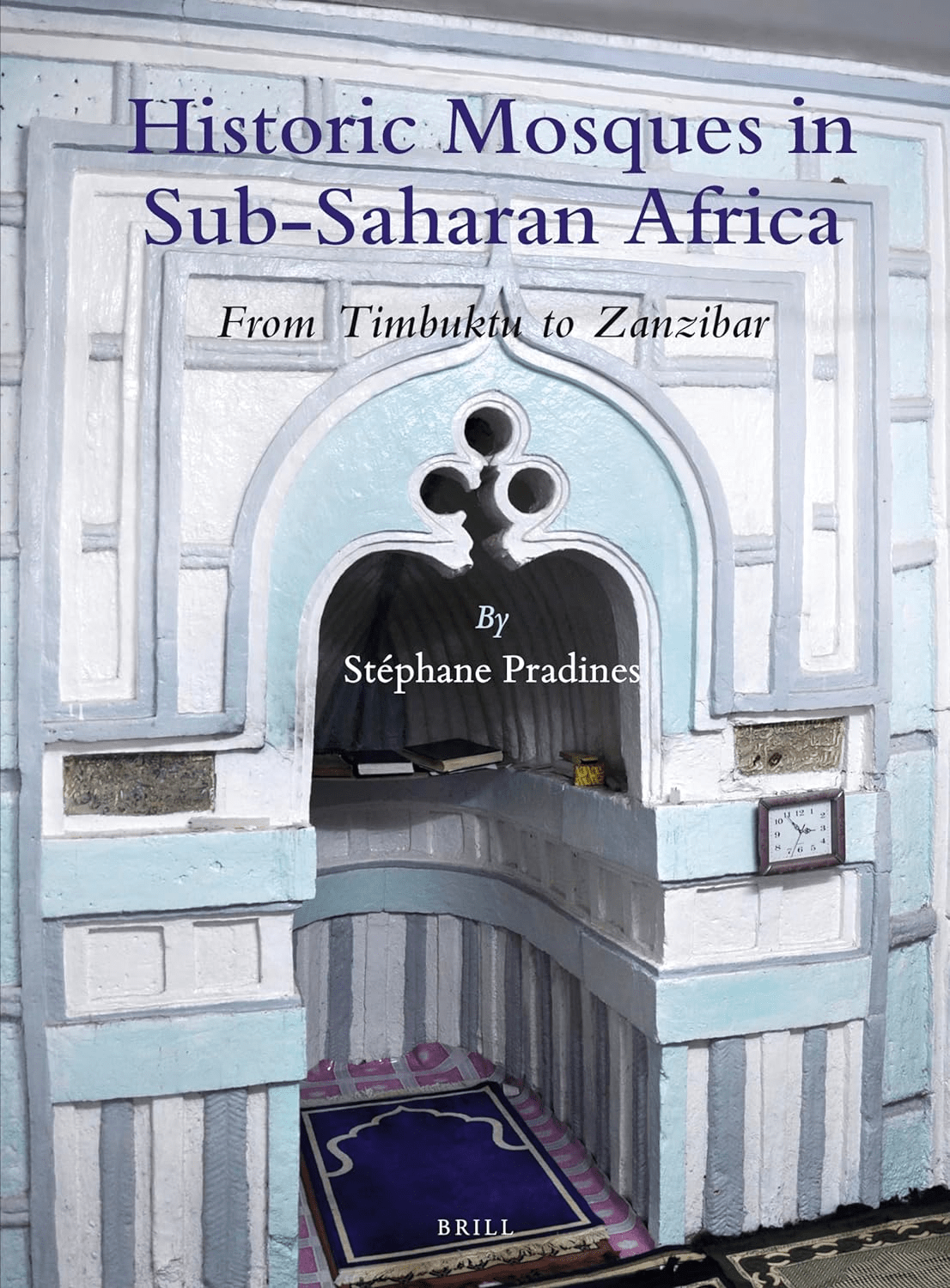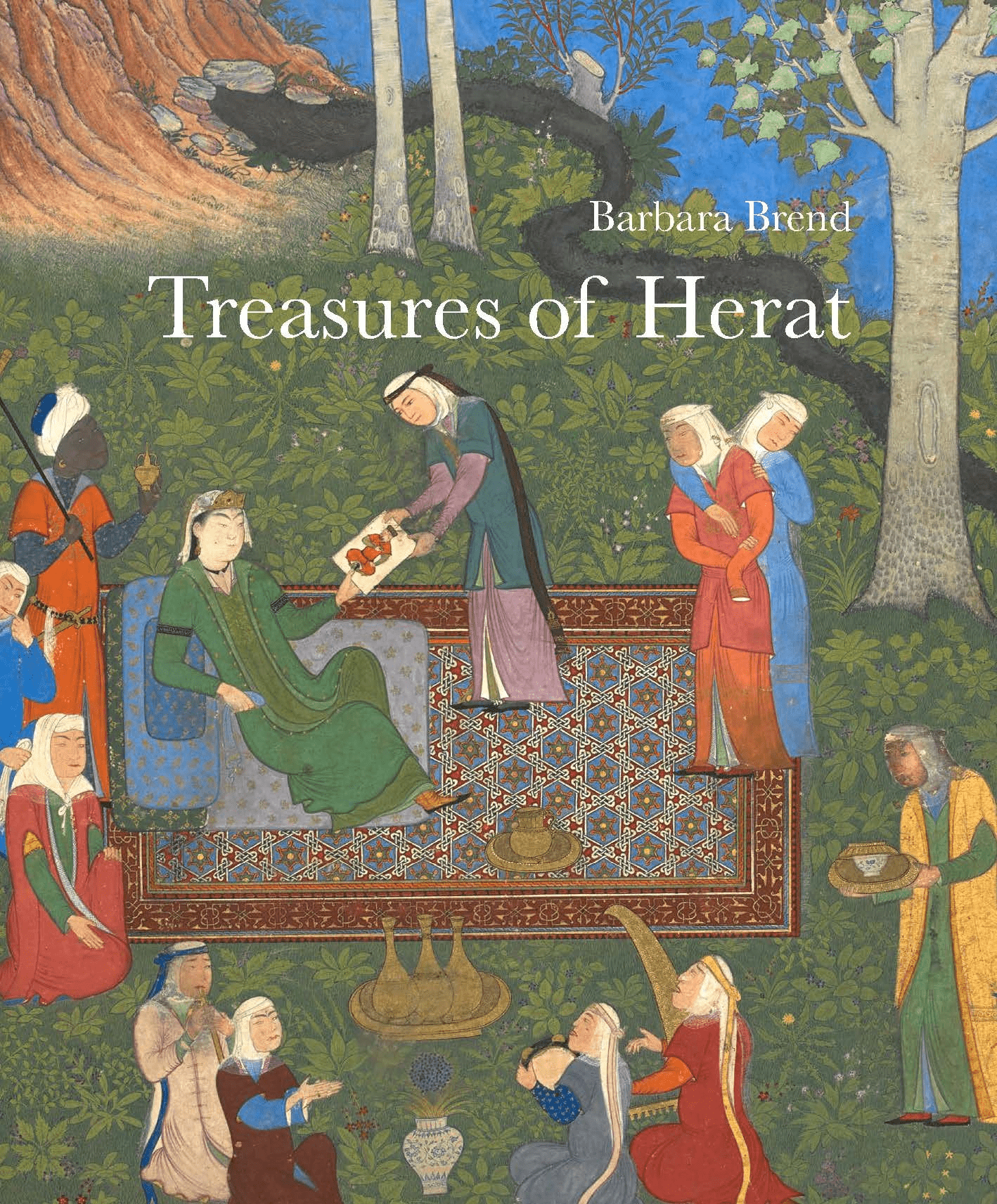
Book Traces Islam’s Architectural Footprint Across Sub-Saharan Africa
Jamie S. Scott
Historic Mosques in Sub-Saharan Africa: From Timbuktu to Zanzibar
Stéphane Pradines. Brill, 2022.
“This book … demon¬strates the vitality of inter-African influences and how the movements of certain populations in West Africa conditioned the arrival of new build¬ing techniques, particularly in the forest areas of the south.”
Although one-third of the world’s Muslim population can be found in Africa, sub-Saharan architecture, let alone places of worship, has remained overlooked even when mosques south of the Sahara reflect the mosaics of interactions that have shaped Islamic and African civilizations. So, Stéphane Pradines, a professor of Islamic art and architecture at London’s Aga Khan University, focuses on three significant regions in the 1,000 years before European domination: West Africa’s Niger valley, the Horn of Africa, and the Nile valleys and East Africa’s Indian Ocean coast. Guided around nearly 300 sites, we come to appreciate the architectural vision and technical skill, and the plural nature of faith and tradition among diverse Muslim communities across the continent. Historical gems range from the mud-brick structures dominating the skylines of Djenne, Koro, Mopti and Timbuktu in Mali to the coral limestone ruins of the Swahili mosques on the island of Kilwa Kisiwani, Tanzania. Pradines tantalizes with concise accounts of the archeological excavations along the Niger valleys of West Africa, for what they reveal for some of Africa’s forgotten empires. A historical chart, an inventory of sites and glossaries round out the book. Crammed with details, maps, plans and photographs, Historic Mosques in Sub-Saharan Africa is equally at home on the coffee table or on the scholarly bookshelf.
More From AramcoWorld
Hidden Mosques From Georgia's Highlands, Revealed Again
Restoration brings rare wooden mosques back into view—and back into the story of Islamic architecture.
You may also be interested in...

British Library’s 500-Year-Old Nizami Manuscripts Shed Light on Power of Art and Poetry in 12th-Century Herat
Persian and Mughal scholar and specialist Barbara Brend presents a comprehensive study of one of the most highly esteemed works of Persian Literature..png?cx=0.44&cy=0.65&cw=382&ch=487.6595744680851)
Zeina Abirached’s Art Uncovers Urgency of Wisdom in Gibran’s The Prophet
Kahlil Gibran’s 1923 classic is given new life, as Abirached’s graphic novel blends Lebanese artistry with the late author’s timeless wisdom.
